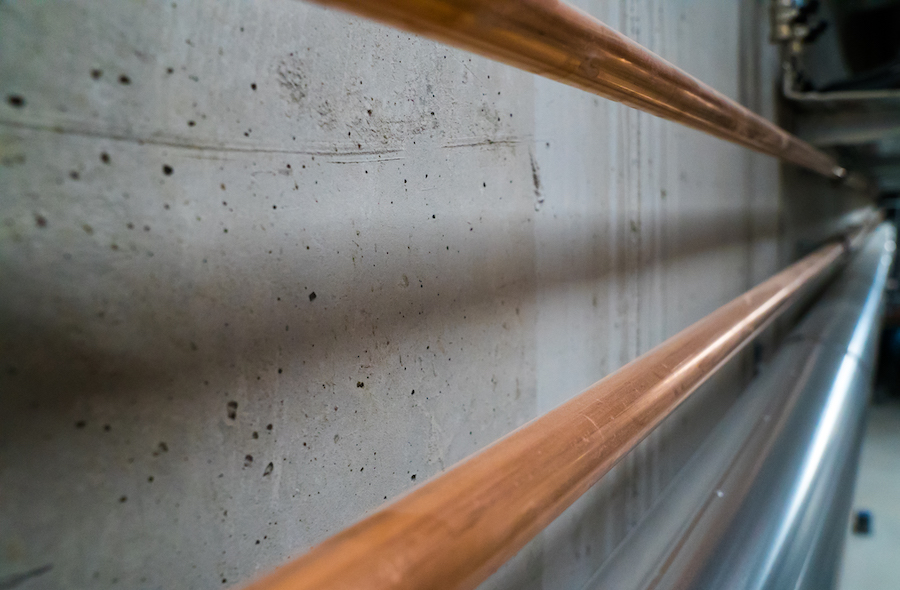Plumbing Problems in Old Houses: Don’t Let a Dream Home Become a Nightmare
Different people have different tastes. Everybody has their very own idea of what their “dream home” would consist of. For some, they would love a brand new, custom-built house. Some may like a sprawling, huge floor plan, while others may want less space that they need to maintain. Other individuals find something charming and special about some of the beautiful older homes that exist. There is no right or wrong in noting what your dream home consists of. However, if you are one of those who like the “classic” look of yesteryear, we have a list of Plumbing Problems in Old Houses for you to be aware of. These could help keep your dream home from becoming a plumbing nightmare.
Now, don’t get us wrong. We agree the character and beauty of a timeless and spectacular home is a true sight to see. But sometimes no matter how careful we intend to be, the overall desire for certain items, such as your dream house, can make us forget to check on some important areas. No need to fret, however, we have got yo. Just remember the things we discuss below and you can avoid the Plumbing Problems in Old Houses that a less attentive buyer may not.
This is the first of a two-part blog series on Plumbing Problems in Old Houses. We will look at different types of pipes that you will want to look for and change out in this first post. Likewise, we will discuss possible solutions to any specific problems that you come across as well.
Plumbing Problems in Old Houses to Look for and Their Solutions
It is advisable in any home built before the 1990s to have a thorough investigation of any pipes in the home. This is because of many safety and health regulations that have changed and been discovered over the past 20-30 years. If there have been renovations, there is a chance the pipes have been changed out. However, it’s worth checking and below are three types of outdated pipes that could lead to huge Plumbing Problems in Old Houses if not addressed.
Old Pipe Materials to Check in an Old Home Before Purchase
1) Lead
One of the oldest metals that is used in piping. Before it was a possibility to use casting iron, lead was the ideal metal to use due to durability and malleability. Lead also was used in the solder that joined together copper pipe fittings.
As years have passed, its been discovered just how toxic lead is. Its unhealthy effects are at times deadly and are even worse when a child is exposed. Lead was actually banned nationally for usage in pipes in the home in 1986.
2) Galvanized
This is a common material used for the water lines in holes built prior to the 1960’s. It consists of iron that is coated with a layer of zinc. Eventually, the zinc erodes on these types of pipes. This leaves the iron pipe susceptible to breaking or corrosion.
Now, at times, galvanized plumbing has been known to last up to 60 years. But usually, they become completely clogged with rust, long before that six-decade number would ever approach. Most of the time, because of how these pipes deteriorate, they are fixed in sections as these Plumbing Problems in Old Houses call to leave the intact piping together until it does the same and just wears out.
3) Polybutylene
Polybutylene was at one point heralded as the “pipe of the future.” This, however, was around the time that it was discovered in the 1970’s as the rep[lacement for copper lines. This lead to Polybutylene being used in many homes built throughout the 1980s. Likewise, it would prove to lead to many Plumbing Problems in Old Houses, once the homes had aged.
Oxidants found in public water systems would eventually prove to cause a chemical reaction. This would make the material brittle, flakey, and eventually crack. There would be lawsuits and manufacturers would be forced to pay out millions. While some uses and homes still had this type of piping until the early 1990s, if you were to come across it now, with no hesitation, replacement is necessary.
Even if they do not appear to be causing Plumbing Problems in Old Houses, this piping is no longer made or rated by U.S. Building Codes and will eventually fail if not replaced.
More Plumbing Problems in Old Houses are On the Way
This is the first in a series of two posts about Plumbing Problems in Old Houses. In the second piece, we will look at bad repair jobs, bad fixtures, and failing sewer lines. Upon completion, you should have all you need to know.
To contact us at Poole’s Plumbing with any questions on this material or other areas of plumbing you find confusing, go to poolesplumbing.com




